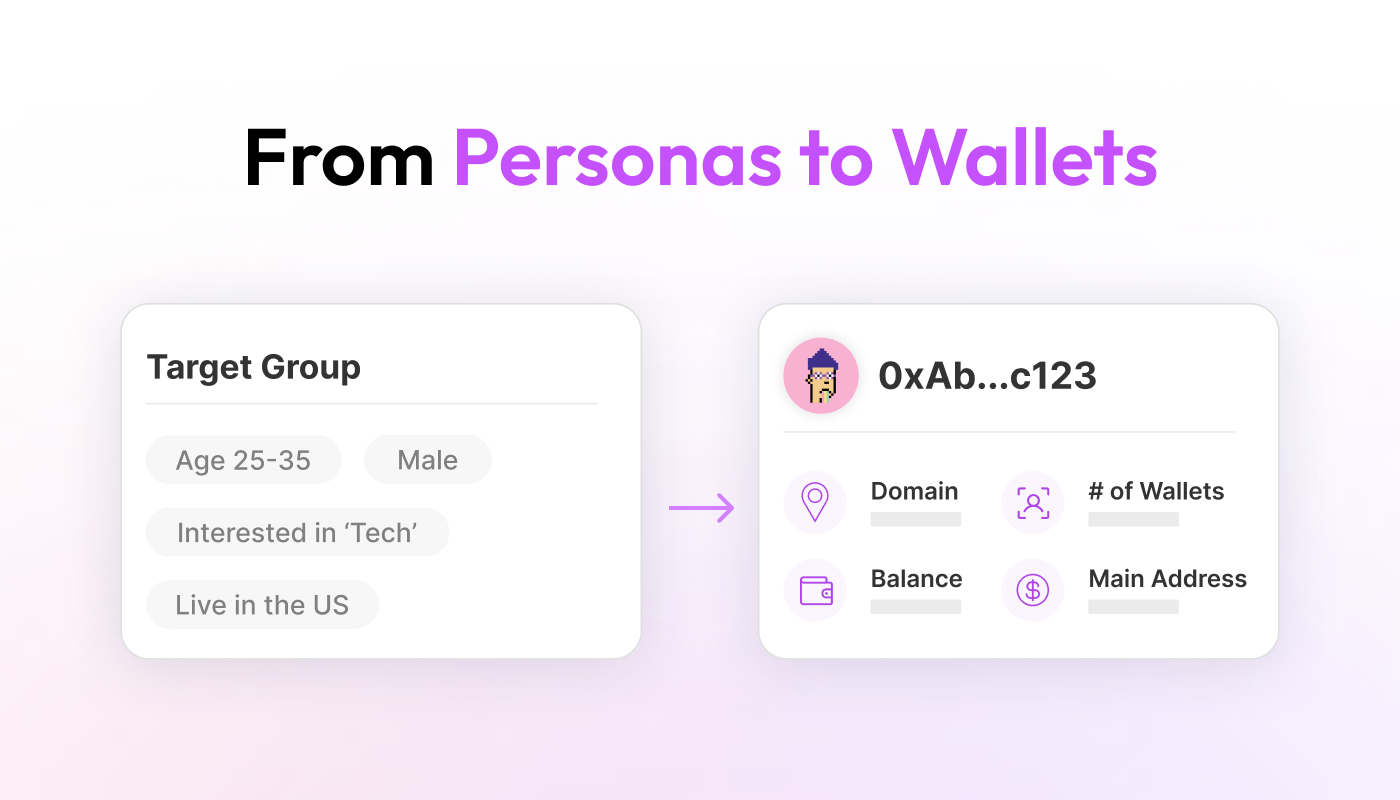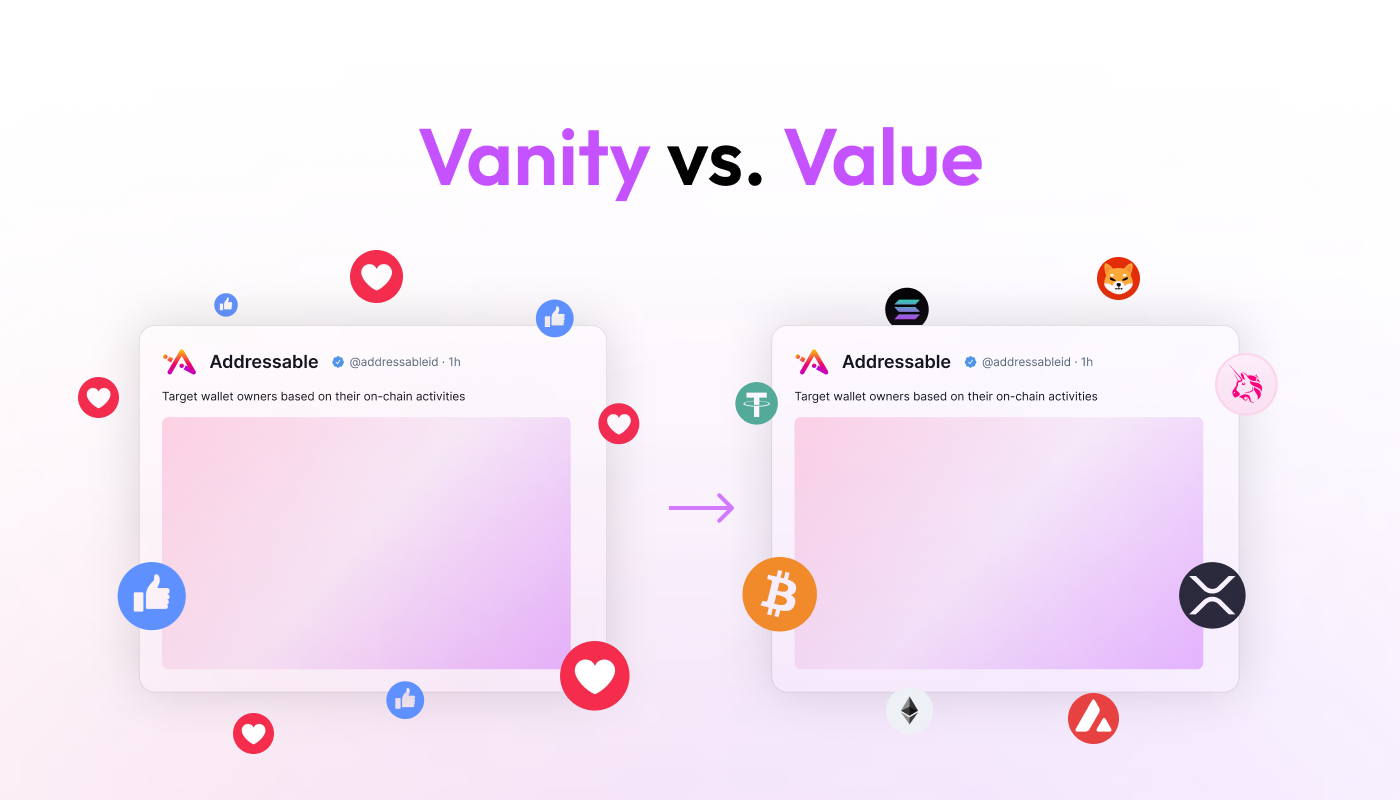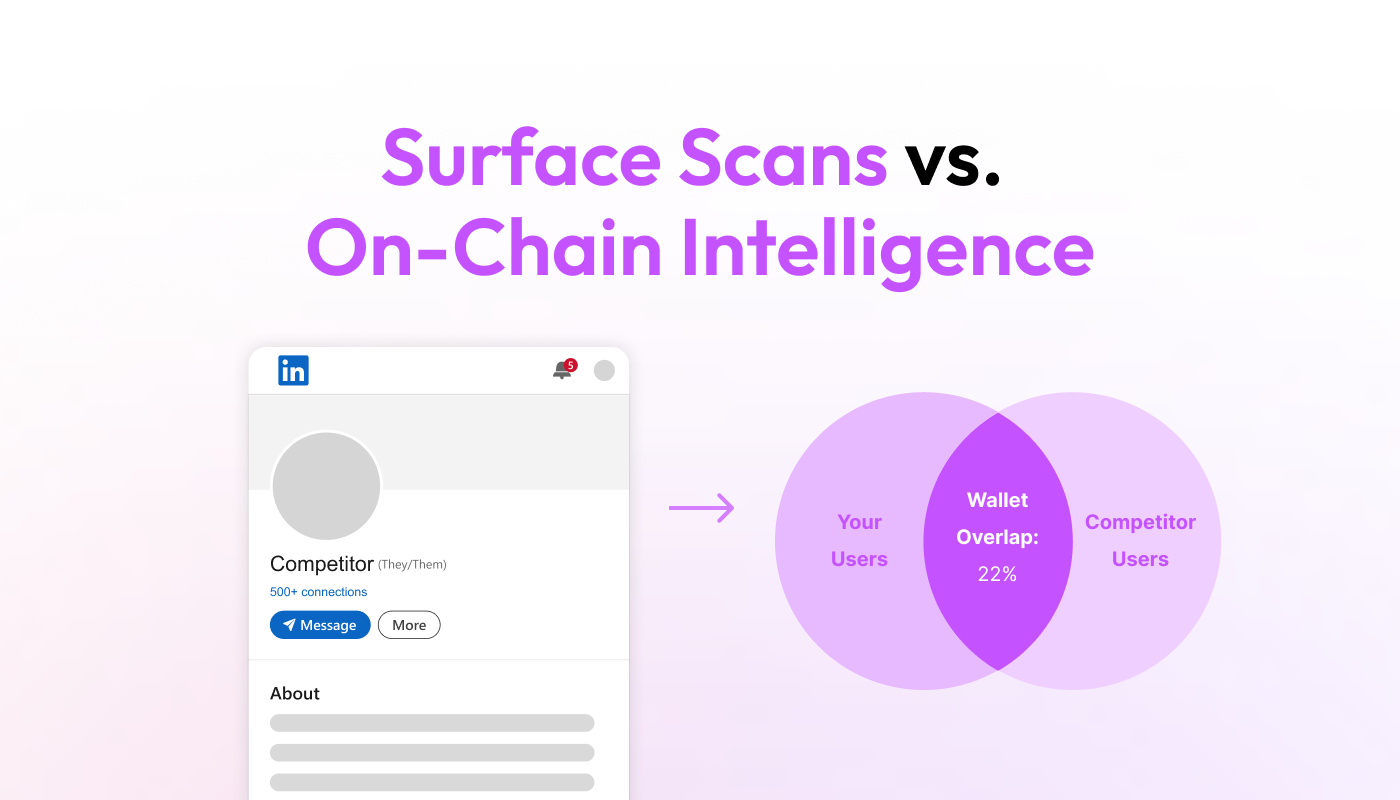How to create a Web3 marketing strategy?
.png)
You’ve drafted the perfect marketing plan. You’ve defined your personas, analyzed your competitors’ Twitter feeds, and outlined a content calendar.
There’s just one problem: it’s completely wrong for Web3.
The hard truth is that the traditional marketing playbook is the single biggest reason why most well-funded, well-built crypto projects fail to gain traction. They are playing by the rules of a game that no longer exists. Web3 isn't about marketing to predictable "audiences"; it's about building relationships with dynamic, on-chain "economies."
This guide moves beyond the basics. We will break down the core pillars of a traditional marketing strategy and replace each one with its powerful, Web3-native equivalent. This is the playbook for sustainable growth in 2025
Pillar 1: Your Target Audience

- The Old Way: Creating vague personas like "Crypto Chris," based on demographics and psychographics.
- The New Way: Define Your On-Chain Audience.
In Web3, a user’s wallet tells you more than any demographic profile ever could. Their transaction history is a transparent record of their interests, their risk appetite, and their value to an ecosystem.
Instead of guessing, you should be building a data-backed picture of your ideal user based on on-chain behavior.
Actionable Steps:
- Identify Your "Golden Cohort": Analyze the wallets of your existing power users or the users of a direct competitor. What do they have in common?
- Look for Behavioral Patterns: Do they frequently use specific DEXes? Have they provided liquidity on Polygon or Base? Do they hold certain governance tokens or specific NFTs? Are they desktop-first power users?
- Build Personas from Wallets, Not Surveys: Your best persona isn't "Crypto Chris." It's "The wallet that has used Aave and MakerDAO, holds over $10k in stablecoins, and is an active voter in at least two DAOs. This is a user you can actually find and target.
Pillar 2: Your Marketing Goals & KPIs

- The Old Way: Chasing vanity metrics like X impressions, Discord members, and website clicks.
- The New Way: Set On-Chain Business Goals.
Hype is not growth. In a world of bots and airdrop hunters, a massive Discord server or a viral tweet can be dangerously misleading. The only metrics that matter are those that reflect real, on-chain economic activity.
Actionable Steps:
- Kill the CPC: The Cost Per Click is meaningless. The new standard is Cost Per Wallet (CPW) which is the true cost to get a real, verified wallet to visit your site.
- Measure Real ROI: Don't just measure ad spend against website visits. Track On-Chain ROAS by connecting your ad spend to the actual revenue-generating actions (swaps, mints, fees) that acquired wallets perform on your dApp.
- Redefine Retention: User retention isn't about website logins. It's about On-Chain Retention which is the rate at which wallets return to your protocol to perform another transaction.
Pillar 3: Your Competitor Analysis

- The Old Way: Looking at your competitors' blog posts and ad copy.
- The New Way: Analyze On-Chain Market Share & User Overlap.
Your competitors’ real strategy isn't on their website but on the blockchain. On-chain data allows you to perform a level of competitive intelligence that Web2 marketers could only dream of.
Actionable Steps:
- Map User Journeys: Where do your competitors' users come from? Which protocols did they use before? Where do they go after? This reveals crucial patterns in user behavior.
- Identify Overlap: Find out how many of your users are also using a competitor's protocol. This "wallet overlap" is your most valuable alpha for targeted campaigns, whether you're trying to win them over or find lookalike audiences.
- Learn from Their Success (and Failures): See which acquisition channels are actually driving high-value users to their platform, not just which ones they're spending money on.
Pillar 4: Your Go-to-Market Tactics

- The Old Way: A generic mix of content marketing and social media ads aimed at broad "interest" categories.
- The New Way: Build a Wallet-First Growth Engine.
Your tactics should be as Web3-native as your product. The ability to target users based on their on-chain history changes everything.
Actionable Steps:
- Precision Ad Targeting: Use a platform like Addressable to run campaigns aimed at hyper-specific wallet cohorts, such as "wallets that have bridged to Base" or "users who hold more than 10 ETH."
- Create Data-Driven Airdrops & Quests: Instead of rewarding anyone with a pulse, design campaigns that reward users who have a history of genuine, valuable on-chain activity. This filters out bots and attracts real users.
- Leverage Token-Gating: Create exclusive content, communities, or product features that are only accessible to holders of specific tokens, either your own or those of a partner community.
Stop Marketing, Start Building an Economy
Creating a Web3 marketing strategy in 2025 is a fundamental shift in thinking. It requires you to move on from the outdated playbook of chasing anonymous clicks and impressions.
Success is no longer about building the loudest brand; it's about building the strongest on-chain economy. It requires you to know your users by their on-chain actions, measure success by their on-chain value, and engage them with tools that respect the core principles of the ecosystem. The data is there. It’s time to start using it.
At Addressable, we built the platform that enables this new strategy. To see how our on-chain intelligence can power your growth, visit us at Addressable.io or book a free demo.

